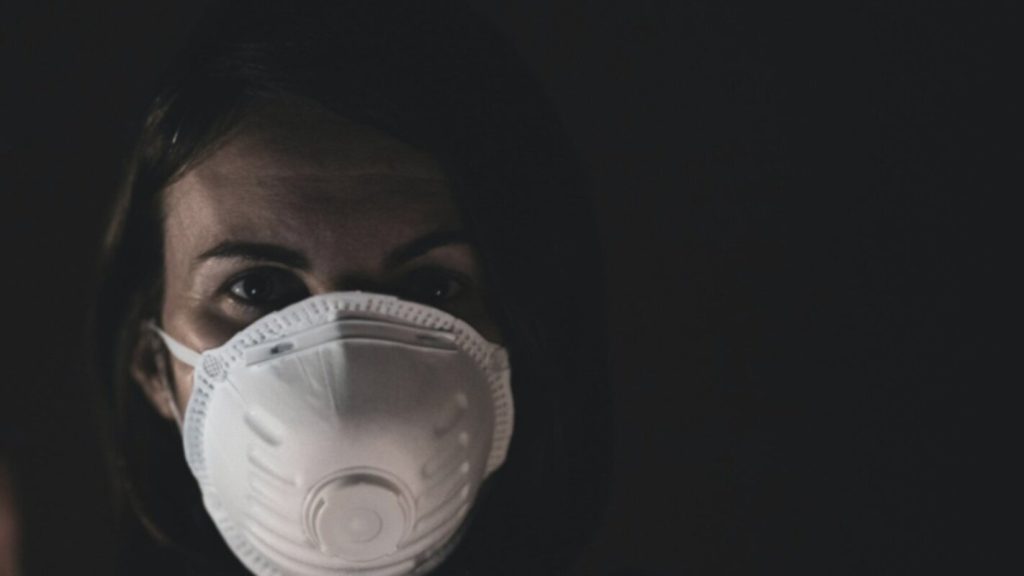As a nation-wide provider of online Respirator Clearance, Vest receives questions from employers of all sizes about creating and managing compliant Respiratory Protection Programs.
By far, the most common cause of confusion is Voluntary Respirator Use. In this article, we will explain Voluntary Respirator Use and dispel the most common misconceptions.
MANDATORY
Employers must implement a Respiratory Protection Program when requiring employees to use respirators, whether the air-quality is hazardous or not.
VOLUNTARY
Voluntary Respirator Use occurs only when an employee elects to use a respirator despite safe air-quality and no requirement for respirator use by the employer.
How does an employer know if the work environment is hazardous enough to require a Respiratory Protection Program?
Some hazards require respirator use, regardless of how little exposure an employee may have. Other hazards, such as the recently released Respirable Silica standard, dictate respirator usage based on how much of the hazard is present in the air the employee breathes. If you are unsure of how hazardous the work environment is, contact an Industrial Hygienist or Safety Services company in your area.
What is an example of Voluntary Respirator Use?
A woodworking company, Texas Woodshop, hires an Industrial Hygienist (IH) to determine whether its employees should be required to use a respirator in a room containing a wood-cutting saw. Because Texas Woodshop uses air filtration devices and other air-quality controls, the IH concludes that the amount of wood dust in the air is below the Permissible Exposure Limit (PEL). Thus, Texas Woodshop is not required to create and maintain a Respiratory Protection Program.
Regardless of the findings of the IH, if the employees at Texas Woodshop decide to use respirators for any reason (comfort, additional protection), this would be considered Voluntary Respirator Use as defined by OSHA.
Can an employer make respirator use required, even if the environment is not hazardous?
Using the example above, if Texas Woodshop decides to require its employees to use respirators, this use would not be considered Voluntary Respirator Use as defined by OSHA. Once Texas Woodshop makes respirator use a requirement, the safe air-quality no longer matters and Texas Woodshop must implement a full Respiratory Protection Program. OSHA provides an interpretation on a similar scenario you can read about here.
How are the regulations different for Voluntary Respirator Use in the workplace?
Many employers think that having a Voluntary Respirator Use policy eliminates the requirements associated with a full Respiratory Protection Program, but this is incorrect.
In most scenarios, the employer must still provide:
- Written Respiratory Protection Plan
- Instructions on respirator use and maintenance
- Place and the time to clean and store respirators
- OSHA Respirator Medical Evaluation (Respirator Clearance)
The primary difference between Voluntary Respirator Use and Required Respirator Use is that Voluntary Respirator Use does not require fit testing because there are no air-quality hazards which would require respirator use. Thus, attaining a tight seal between the respirator and the employee’s face is not as important.
The reason most of the of the Respiratory Protection Standard still applies to Voluntary Respirator Use is because it’s always the employer’s responsibility to ensure the safety of its employees.
Are cloth masks used for COVID protection considered voluntary?
As the name implies, cloth and surgical masks are not respirators, they are masks. Because these masks are not tight-fitting filtration devices, they are not part of the Respiratory Protection standard.
Are all respirator types included in Voluntary Respirator Use regulations?
Regardless of the type of respirator, the employer is responsible for adhering to the Voluntary Respirator Use requirements of the Respiratory Protection Standard with one exception: filtering facepieces.
Filtering Facepiece Respirators are disposable after use and come in three designations (N, R, or P type) depending on the type of filtration the facepiece provides. Under Voluntary Respirator Use requirements for a Filtering Facepiece Respirator such as an N95, the employer is still responsible for providing employees with a copy of Appendix D of the OSHA Respiratory Protection Program (190.134).
As a reminder, when an employer requires employees to use a respirator, even Filtering Facepiece Respirators such as the N95, and even if the work environment contains no known hazards, the employer’s requirement of respirator use triggers the requirement of a full Respiratory Protection Program.
Why would voluntary use be different for a Filtering Facepiece (N95)?
This is a difficult question to answer. The components of a Respiratory Protection Program are required for mandatory Filtering Facepiece (N95) use because respirators are protective equipment and should only be used with proper education and training. Otherwise, users may miss the intended protection or put themselves at risk. The purpose of a Respiratory Protection Program is to ensure employees use respirators safely and effectively.
The best practice for voluntary Filtering Facepiece (N95) use is to implement a Respiratory Protection program, exclude fit testing, but include the written components, education, and respirator medical evaluation. Implementing these components will ensure employees are educated on usage instructions and healthy enough to use Filtering Facepiece (N95) respirators at work.



